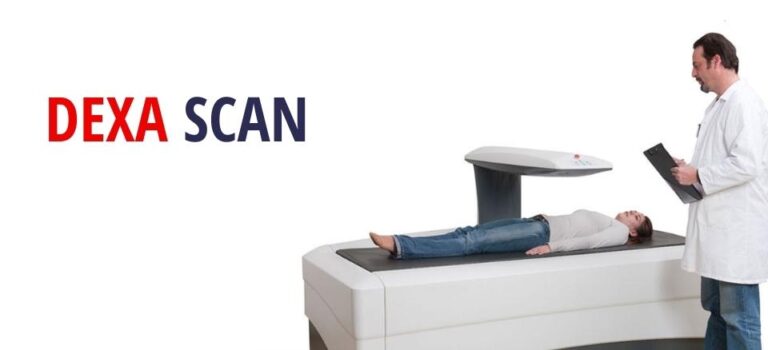In the field of medical diagnostics, imaging technologies play a crucial role in diagnosing and monitoring various health conditions. Two commonly used imaging techniques are the Dexa scan and the X-ray. If you’re looking to understand these procedures or need to find an “X-ray near me,” this article will provide you with essential information and guidance.
Understanding Dexa Scans
A Dexa scan, also known as Dual-Energy X-ray Absorptiometry, is a specialized imaging test primarily used to measure bone mineral density (BMD). This scan is essential for diagnosing conditions like osteoporosis and assessing the risk of fractures. It uses two X-ray beams at different energy levels to create detailed images of the bones, typically focusing on the hip and spine.
Benefits of a Dexa Scan:
- Early Detection of Bone Loss: Helps in identifying bone density loss before a fracture occurs.
- Monitoring Bone Health: Allows for tracking changes in bone density over time.
- Guiding Treatment Plans: Provides valuable data for healthcare providers to develop personalized treatment strategies.
What to Expect During a Dexa Scan:
- The procedure usually takes about 10-20 minutes.
- You will lie on a padded table while a scanning arm passes over your body.
- The test is painless and involves minimal radiation exposure.
Understanding X-rays
X-rays are one of the most common and widely used imaging techniques in medical diagnostics. They are used to visualize the internal structures of the body, particularly bones and joints. X-rays can help diagnose a variety of conditions, including fractures, infections, and tumors.
Benefits of X-rays:
- Quick and Non-Invasive: X-rays are fast, non-invasive, and typically completed within a few minutes.
- Wide Range of Uses: Effective in diagnosing fractures, infections, and certain diseases.
- Cost-Effective: Generally less expensive compared to other imaging modalities.
What to Expect During an X-ray:
- The procedure is quick, usually lasting only a few minutes.
- You may be asked to lie down, sit, or stand, depending on the area being examined.
- You will need to remain still while the X-ray images are taken to ensure clear results.
Finding an “X-ray Near Me”
When you need an X-ray, finding a nearby facility is essential for convenience and timely care. Here are some tips to help you locate an X-ray service in your area:
- Consult Your Doctor: Your primary care physician or specialist can recommend reputable imaging centers.
- Use Online Directories: Websites like Healthgrades, Zocdoc, or Google Maps can help you find local imaging centers and hospitals that offer X-rays.
- Insurance Provider: Check with your health insurance provider for a list of in-network imaging facilities.
- Read Reviews and Ratings: Patient reviews and ratings can provide insights into the quality of care and service at various facilities.
Conclusion
Both Dexa scan and X-rays are fundamental tools in medical diagnostics, each serving unique purposes in evaluating bone health and diagnosing various conditions. Understanding these procedures helps you prepare for them and seek the appropriate services when needed. If you are searching for an “X-ray near me,” utilizing online resources, consulting healthcare providers, and considering insurance options can help you find a convenient and reliable imaging center, ensuring you receive the care you need promptly and efficiently.


